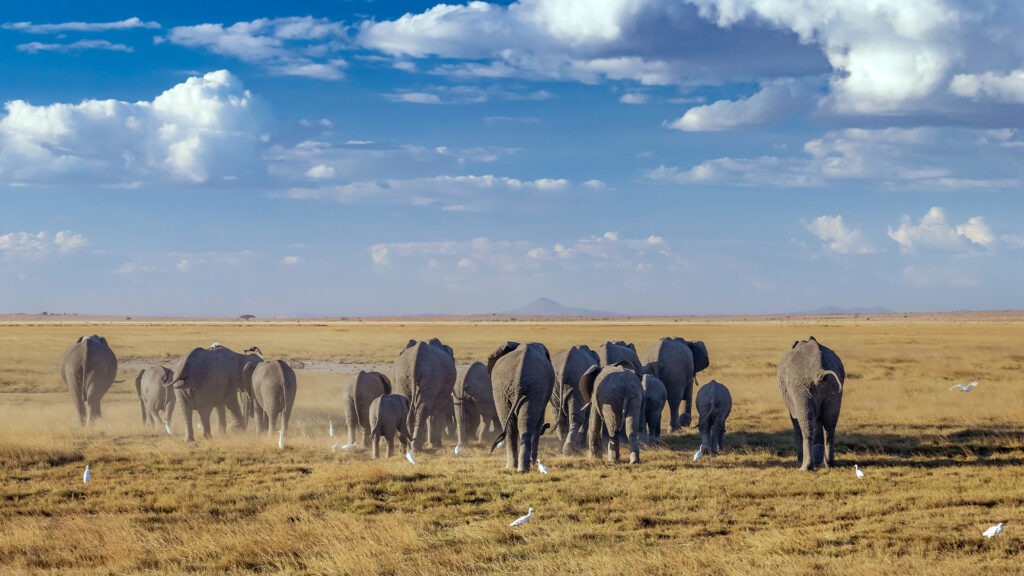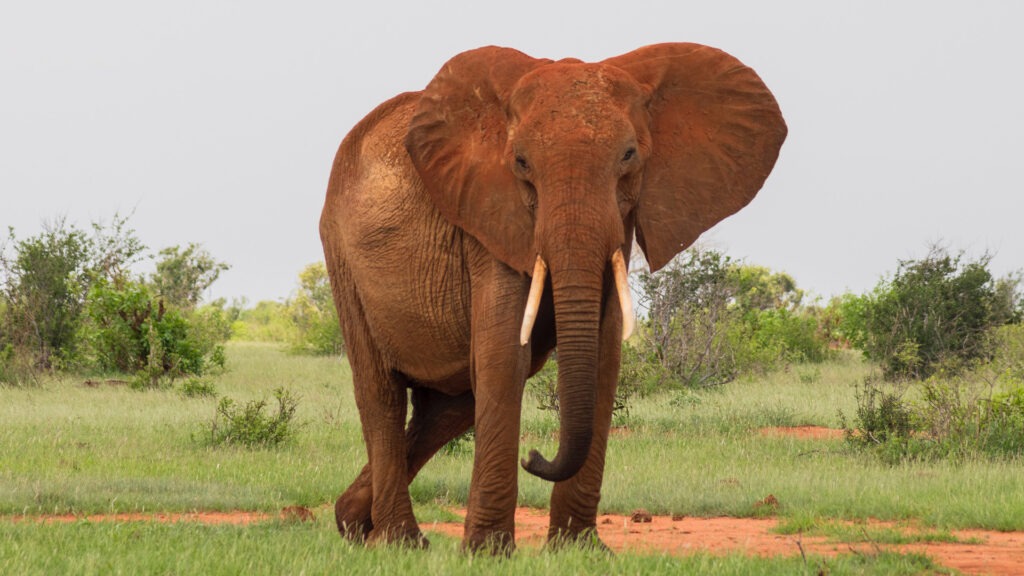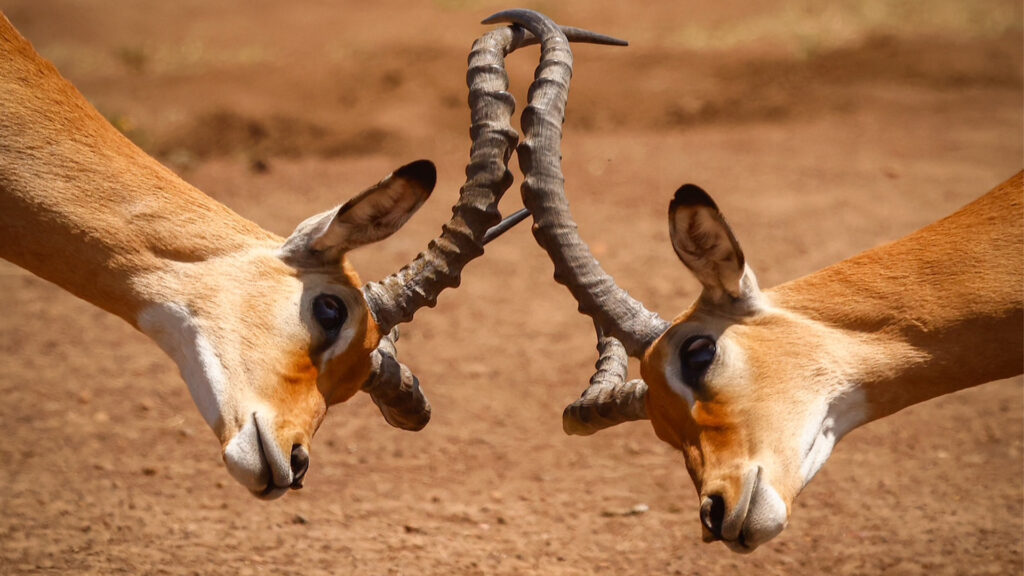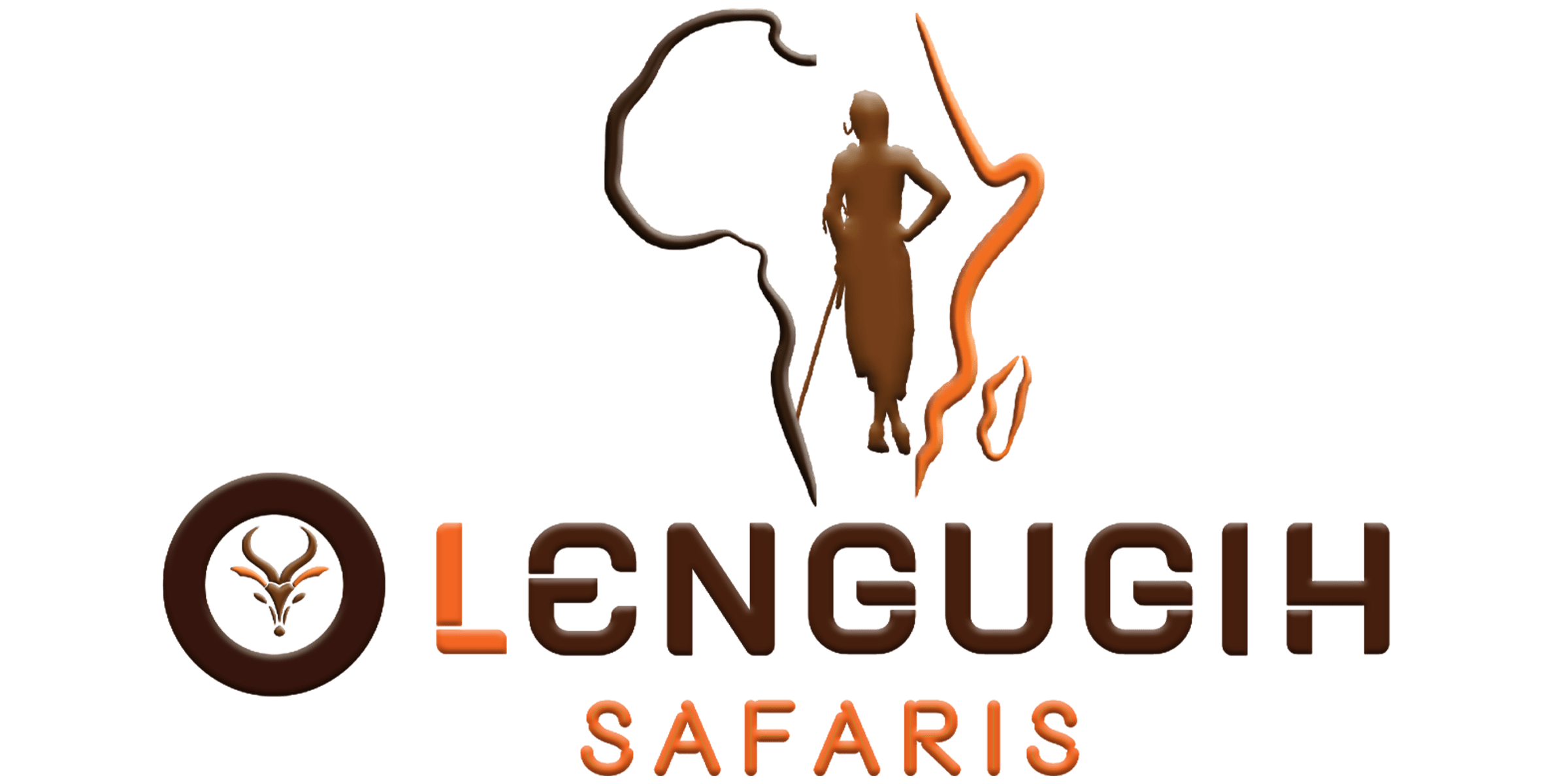Top Ten National Parks to Visit in Kenya
Kenya is home to some of Africa’s most breathtaking national parks. Whether you seek thrilling safaris, diverse landscapes, or vibrant wildlife, Kenya offers an unforgettable experience. Below are the top ten national parks to visit in Kenya, each promising unique adventures.
1. Masai Mara National Reserve
Masai Mara is the most famous safari destination in Kenya. It is best known for the Great Migration, where over 1.5 million wildebeest, zebras, and antelopes cross from the Serengeti. The park is also home to Africa’s big cats, including lions, leopards, and cheetahs. The conservancies surrounding the park provide exclusive safari experiences. Hot air balloon safaris offer a bird’s-eye view of the vast plains. Whether visiting during the migration or outside the season, Masai Mara remains a top destination. It is undoubtedly one of the top ten national parks to visit in Kenya.

2. Amboseli National Park
With Mount Kilimanjaro as its backdrop, Amboseli National Park is one of the most picturesque places in Kenya. The park is famous for its large herds of elephants, some of which are among Africa’s oldest. Visitors can observe these majestic creatures up close. Apart from elephants, the park hosts lions, cheetahs, giraffes, and over 400 bird species. The open plains make wildlife spotting easy, offering incredible photography opportunities. Cultural experiences with the Maasai people add to the adventure. A visit to Amboseli is a must for wildlife lovers. This makes it one of the top ten national parks to visit in Kenya.

3. Tsavo National Park
This is Kenya’s largest national park, divided into Tsavo East and Tsavo West. Tsavo East is famous for its red elephants, while Tsavo West features scenic landscapes and Mzima Springs. The park is also known for the legendary “man-eating lions” of Tsavo. Visitors can explore the Shetani Lava Flows and Chyulu Hills. Birdwatchers will find over 500 species in Tsavo. The rugged terrain and diverse habitats make it a great place for adventure seekers. Anyone looking for a raw and untamed safari experience should visit Tsavo. This park undoubtedly belongs among the top ten national parks to visit in Kenya.

4. Lake Nakuru National Park
Lake Nakuru National Park is a paradise for bird watchers and nature lovers. The lake is home to thousands of flamingos, creating a spectacular pink shoreline. Besides birds, the park hosts rhinos, lions, leopards, and giraffes. The park’s forests and rocky escarpments provide scenic views and picnic spots. Game drives reveal an abundance of wildlife in this compact yet vibrant park. Photographers will appreciate the breathtaking landscapes and wildlife encounters. It is one of Kenya’s most visited parks. Without a doubt, Lake Nakuru National Park is one of the top ten national parks to visit in Kenya.

5. Mount Kenya National Park
Mount Kenya National Park is a UNESCO World Heritage Site and home to Africa’s second-highest peak. The park offers trekking opportunities for climbers of all levels. Hikers can enjoy scenic trails, glaciers, and alpine forests. The park is rich in wildlife, including elephants, buffalos, and colobus monkeys. Its pristine environment supports rare plant species. Those who prefer a less strenuous visit can explore the lower slopes. Camping and fishing are popular activities in the park. Whether for adventure or relaxation, this park is a must-visit. It ranks among the top ten national parks to visit in Kenya.

6. Nairobi National Park
Nairobi National Park is unique as it is the only park in the world located within a capital city. Despite its proximity to Nairobi, the park has abundant wildlife, including rhinos, lions, giraffes, and buffalos. The park is a vital sanctuary for endangered black rhinos. Open plains with city skyscrapers in the background create a striking contrast. Visitors can enjoy game drives, walking trails, and picnic spots. It is an excellent option for those with limited time in Kenya. The park provides a quick escape into the wild without leaving the city. It rightfully earns a place in the top ten national parks to visit in Kenya.

7. Samburu National Reserve
Samburu National Reserve offers a unique safari experience in Kenya’s northern region. The reserve is home to rare wildlife species such as the Grevy’s zebra and reticulated giraffe. The Ewaso Nyiro River sustains the region’s wildlife, attracting large herds of elephants. Leopards and lions are also frequently seen here. The arid landscapes, dotted with acacia trees, create stunning scenery. Cultural interactions with the Samburu people add depth to the visit. Game drives along the riverbanks provide excellent sightings of animals and birds. For an off-the-beaten-path safari, Samburu is a top choice. It is one of the top ten national parks to visit in Kenya.

8. Watamu National Marine Park
Watamu National Marine Park is a haven for marine life enthusiasts. The park features coral reefs, sea turtles, and colorful fish species. Snorkeling and diving reveal underwater beauty like no other place in Kenya. Whale sharks and manta rays visit seasonally, making encounters even more exciting. White sandy beaches and clear waters offer a perfect escape. Boat tours and dolphin watching are popular activities. The park plays a crucial role in marine conservation. Visitors can also explore the nearby Arabuko Sokoke Forest. This marine park is a hidden treasure along the coast. It stands among the top ten national parks to visit in Kenya.

9. Meru National Park
Meru National Park is a hidden gem with unspoiled landscapes and diverse wildlife. The park features rivers, swamps, and grasslands teeming with animals. It is home to elephants, buffalos, and big cats. Rhinos are also found in the park’s protected sanctuary. The remote setting ensures fewer crowds, allowing for an exclusive safari experience. Visitors can enjoy game drives, fishing, and birdwatching. The park’s rich history includes being home to Elsa the lioness, made famous by the book “Born Free.” Those seeking adventure in a less commercialized park will love Meru. It is undoubtedly one of the top ten national parks to visit in Kenya.

10. Hell’s Gate National Park
Hell’s Gate National Park is famous for its dramatic landscapes and outdoor adventures. Towering cliffs, gorges, and hot springs define this unique park. Visitors can hike, cycle, and rock climb in the park’s open terrain. The park inspired the scenery in Disney’s “The Lion King.” Wildlife such as zebras, giraffes, and buffalos roam freely. Hell’s Gate is also home to geothermal activity, with steaming vents and hot springs. The park offers a different experience from traditional safari parks. Its accessibility and thrilling activities make it a favorite among tourists. It completes the list of the top ten national parks to visit in Kenya.
